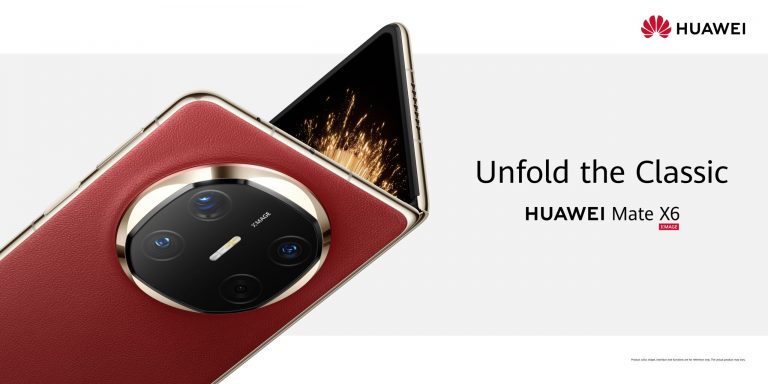Introducing Rendition: Pioneering 3D Graphics Technology and Revolutionary Visual Effects

The early days of PC gaming were a wild ride, and one company that played a significant role in that era was Rendition. Founded in 1993 by Jay Eisenlohr and Mike Boich, Rendition aimed to create a chipset that could handle both 2D and 3D graphics acceleration, targeting both the gaming and professional industries. Sounds ambitious, right?
Back in the early 1990s, the PC gaming landscape was vastly different from what we see today. There were more than ten GPU companies, each with its own approach to rendering graphics. Some were successful, while others… not so much. Rendition, unfortunately, fell into the latter category.
The company’s first product was a decent start, but its subsequent releases were underwhelming, and Rendition ultimately faded into obscurity within five years. But hey, at least they tried, right?
Fast forward to the late 1990s, and Rendition was acquired by Micron Technology, an American DRAM manufacturer. Micron saw potential in Rendition’s IP and decided to develop the V3000 series, which was expected to be a major improvement over the previous iterations. However, despite having access to its own fabrication facilities and more resources, the project failed to progress quickly enough to remain competitive with products from 3Dfx, ATI, and Nvidia.
Instead, Micron decided to pivot and focus on creating a motherboard chipset that could handle both Northbridge and Southbridge functions. This was a bold move, but ultimately, it didn’t pan out. The single chip would have been too large, with over 125 million transistors. For comparison, AMD’s Athlon 1200 CPU from the same period had only 37 million transistors.
As for Rendition, it was all over. Micron never did anything with the IP, and the company eventually exited the chipset market altogether. Today, Rendition is a small footnote in the history of the graphics processor – a reminder of the days when 3D graphics was the next big thing, and chip designers pursued radically different approaches.
But hey, at least we can appreciate the effort, right?






